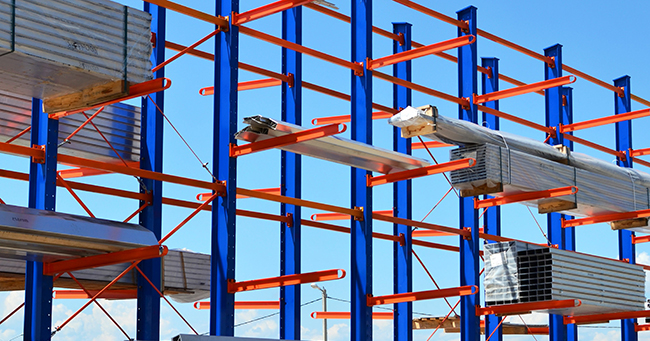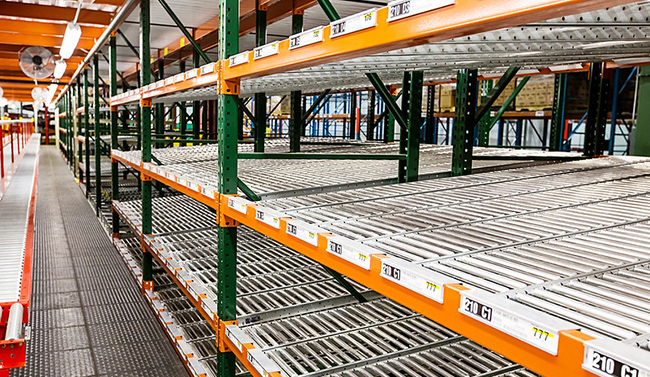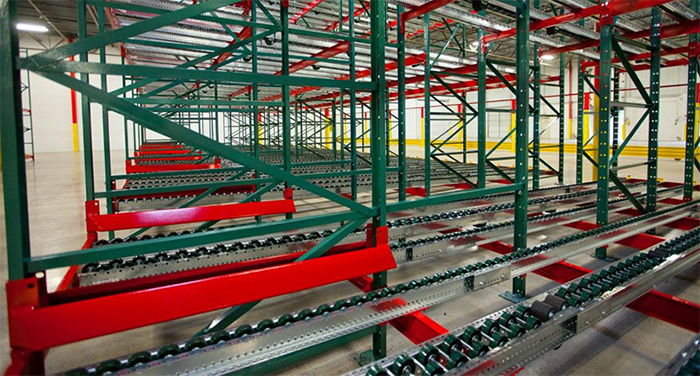
Cantilever racks are built to handle long, heavy loads such as pipe or steel tube, lumber, wood or metal sheets, furniture, elongated crates and lots more. The design is simple–a central column with cantilevered arms extending from one or both sides. Safety is critical in any warehousing or industrial storage area, including cantilever storage. Given the heavy and bulky nature of the loads, here are some things you should be aware of to make sure your racks are safe.












